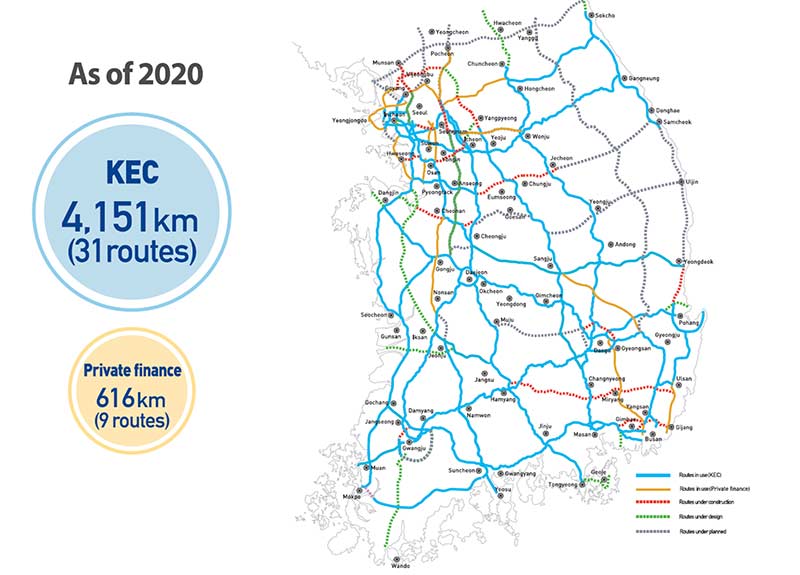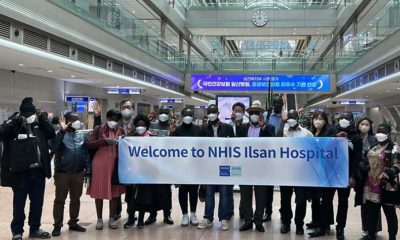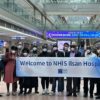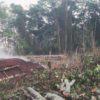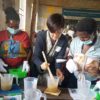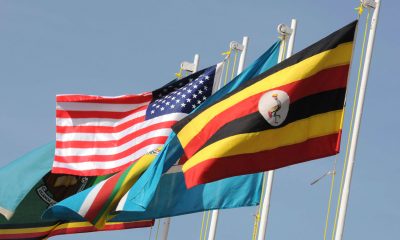Editor
How the Republic of Korea pulled off an expressway miracle
The dramatic transformation of the Republic of Korea (ROK) from a subsistent, largely agrarian aid-receiving country in the 1950s into one of the most developed countries in just fifty years, is recognized as the most spectacular economic development stories of the 20th century.
Rising from the ruins of war (1950 to 1953), the Korean people, armed with a steely determination to succeed, dedicated themselves whole heartedly to achieving what has been recognized as the fastest transformation milestones of any country.
The seeds of the East Asian country’s transformation and success were planted in the mindset of unity, stability, an unshakable faith in the superiority of state institutions over private or individual achievement. This was strengthened by a shared desire for constant change and an aspiration to catch-up with their more developed neighbours.
Following a few minor setbacks immediately after the Korean war, the government launched an ambitious economic revival campaign enveloped under five-year development programmes beginning in 1961.
These ambitious plans targeted industrial development, with a unique focus on exports promotion and infrastructure development.
In its effort to expand exports, the government employed a combination of economic incentives, devaluation of the Won (the Korean currency) against the US Dollar, targeted credit to exporters, limitations on imports and tax incentives on intermediate industrial inputs.
The government also raised the interest rates in an effort to mobilize domestic savings that allowed it and the private banks to gain access to funds that were used to invest in the various development projects.
The result was a remarkable boost in the manufacturing sector, which according to Korea Development Institute’s Journal of Economic Policy titled: “Korea’s Rapid Export Expansion in the 1960s; How it Began,” The country’s annual export growth reached an average of 35% between 1963 and 1969 while overall GDP growth averaged 8.5% per annum between 1962-1966. In 1969, GDP growth hit a remarkable 14.6%.
While manufacturing and national incomes expanded rapidly, the country’s poor transport network was holding back this progress. Movement of goods from factories to the ports would take as long as 12 hours to reach ports.
“In 1968, a year after the 2nd Five-Year Plan was implemented, road traffic congestion had become more serious and railway capacity as an alternative almost reached its limit….. The development of industrial complexes greatly increased the demand of transportation. In order to reduce transportation costs, it was necessary to construct expressways connecting industrial complexes and large cities. Expressways should connect into ports. Most of the manufactured goods were exported or raw materials were imported through ports,” notes one publication titled Expressway Construction and Management; 2012 Modularization of Korea’s Development Experience jointly published by Korea’s Ministry of Land Infrastructure and Transport, and the University of Seoul.
To address the transportation hiccups, the government launched the construction of the 29.5km Gyeongin Expressway in 1967. Its construction was completed in one year and 10months, and this energized the government to embark on the bigger and more complex 428km Gyeongbu Expressway.
The Gyeongbu Expressway Project, which runs from the Capital Seoul in the North, southwards to the port city of Busan, was the biggest ever project at the time to be undertaken by the government.
The project however started amid criticism and pessimistic forecasts especially from the international community at large.
Most international lenders refused to offer loans to the government insisting that the country wasn’t ready for such grand projects. They urged the government instead to put emphasis on rehabilitating the existing infrastructure that had been greatly damaged during the war.
The government instead chose to take the bull by the horns, so to speak, by mobilizing funds as well as other construction materials, locally. The government dedicated all the tax revenue from oil, as well as toll collections from the earlier Gyeongin Expressway, to go towards funding the construction of the Gyeongbu Expressway, among other revenue mobilization measures.
The completion of the Ulsan oil refinery complex and the Hyundai Engineering and Cement factory in 1964 proved crucial for the success of the project as they provided cheap access to asphalt and cement, respectively.
By the time the expressway was conceived, the country didn’t have adequate technical expertise to execute the project of its magnitude, complexity. For example, some section required digging tunnels through mountains. This was addressed by sending a team of specialist engineers to the U.S for 23 months in order to learn skills for expressway construction.
From the moment, the project begun, it was a sprint. Construction didn’t stop as engineers, soldiers and ordinary workers endured hot days and cold nights including during the difficult winter period, to try to complete the task on time.
At the end of the road, the Republic of Korea, had created an engineering marvel comprising 305 bridges, 12 tunnels, and 19 interchanges. Sixteen private companies and three units of military engineers were involved in the construction. The road cost a very modest US$35m, equivalent to 23.6 percent of the country’s total budget at the time.
Construction of the expressway had been targeted for four years. But thanks to the hard work of all those who were involved, it lasted an amazing 2 years and five months. It was a remarkable achievement by the government and all the Korean people, especially considering the odds that were stacked against them including shortage of funding. The road reduced travel time from 12 hours to a mere 4 hours.
The economic successes that were recorded in the first decade of the government of the day energized the leadership to set even more ambitious goals in the direction of economic development.
The government launched a full-scale drive towards HCIs (Heavy Chemical Industries) in 1973. Six strategic industries were ear-marked. Steel, nonferrous metal, machinery, shipbuilding, electronics, and chemical engineering—were selected under the HCI initiative.
The strategy paid off handsomely that economic growth expanded further and incomes of the people grew rapidly arising from better paying jobs.
The more the economy expanded, the higher the demand rose for transport infrastructure to facilitate the growing economic activities. Subsequently, many more complex expressways have been built, putting the Republic of Korea among the advanced countries in the world with the expressway network measuring 4,767km with 40 routes by 2020.
Korea’s expressway development and successes were a part of a broader national economic program that propelled the country beyond everyone’s expectations. Developments in the manufacturing sector preceded the construction of the expressways, as observed in a joint publication by the University of Seoul and the County’s Ministry of Lands, Infrastructure and Transport.
There are many lessons from Korea’s expressway experience. Effective mobilization of the affected communities for example, helped to bring down the cost of compensation, while minimizing reliance on foreign firms and capital to spur economic development prevented unnecessary delays.
Using the experience gained over the 40 years of building and managing the complex road infrastructure, the government of the Republic of Korea, through the Korea International Cooperation Agency (KOICA) recently agreed to share its technology and expertise with Uganda by offering a US$7.5m grant to support the development of manuals for construction, management and maintenance of expressways with Uganda.
KOICA Uganda Country Director Mr. Taeyoung Kim has expressed confidence that Uganda can use the experience from the Republic of Korea in using expressways, to accelerate development.
Mr. Kim said: “The Republic of Korea discovered early on that building connectivity was essential to steer industrialization and to open and expand new markets for economic growth. That is why building expressways was included in the national development strategy from as far back as the 70s. Uganda, with its abundant natural resources and great climate has great potential for accelerated development. And if it improves connectivity within and to the neighbouring countries, Uganda will establish itself as an economic and tourism hub for East.”
It is hoped that the success of the planned four-year project (2022-2025) on development of manuals for planning, maintenance and operation of expressways in Uganda, with generous support from KOICA, will deepen the partnership between Uganda and the Republic of Korea.
Comments



